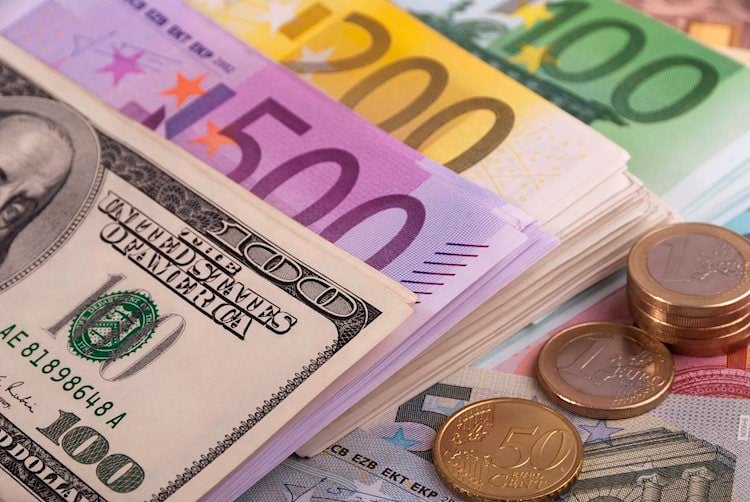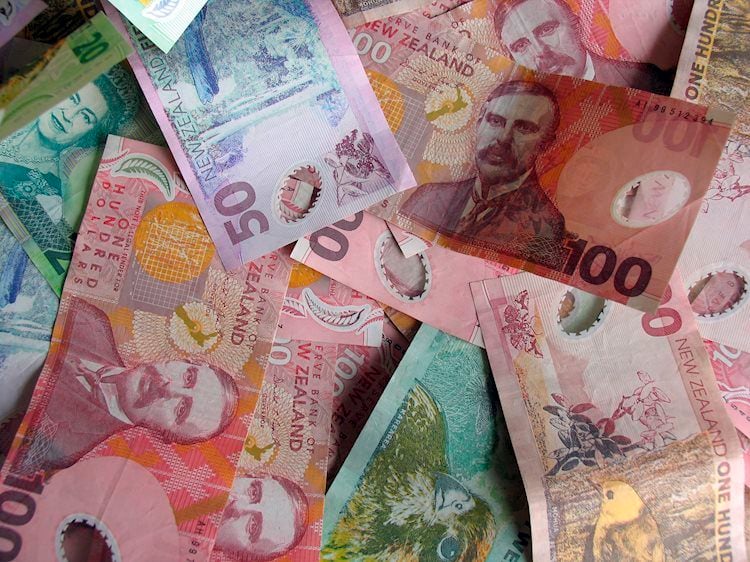During the five-day downturn, the EUR/USD remains heavy near a three-month low.
Covid’s difficulties clash with Fed tapering rumors and good US data.
Risk appetite is waning, and US T-bond rates are fading from their weekly lows.
The US jobs report for June may dispel prior misgivings about the Fed’s actions, and ECB President Lagarde is also on the watch list.
Heading into Friday’s European session, the EUR/USD is defending the multi-day low of 1.1837 set the day before. Nonetheless, by press time, the currency major was trading at 1.1845, down 0.06 percent intraday.
The market’s nervousness ahead of the June Nonfarm Payrolls (NFP) joins conflicting concerns over the Fed’s next steps to investigate the pair sellers. Upbeat US statistics and hawkish Fedspeak, which was recently reinforced by the International Monetary Fund (IMF), kept EUR/USD sellers optimistic.
The mixed signals from Thursday’s US ISM Manufacturing PMI and Jobless Claims have further contributed to the market’s cautious mindset. In June, the US ISM Manufacturing PMI fell slightly from 61.00 projected and 61.2 prior readings to 60.6. This also includes information on the employment component, which fell to 49.9%, although the prices-paid sub-component increased to its highest level since 1979. Last week’s initial claims decreased to 364K, bringing the four-week average down to 392.75K, putting a damper on expectations for a robust NFP print in June, which is predicted to jump from 559K to 690K.
Read: NFP Predictions: Four Reasons Why June’s Jobs Report Could Be Bad for the Dollar
It’s worth mentioning that policymakers at the US Federal Reserve (Fed) are still hawkish and support the slowing of bond purchases. However, according to the Wall Street Journal, Philadelphia Federal Reserve Bank President Patrick Harker supports the commencement of a bond-buying cutback later this year. His hawkish statements come ahead of the IMF’s comments, which predict an upward revision to 2021 GDP and rate hikes in the second half of 2022, not to mention the commencement of monetary policy modifications, such as bond purchase restrictions, in early 2022.
In other news, the global economic recovery is being hampered by the Delta version of the coronavirus (COVID-19), which is wreaking havoc in Asia-Pacific and has recently probed the UK economy. However, Australia’s covid numbers have risen to 41, while Indonesia has declared a state of emergency until July 20. Furthermore, the viral spread prompted Germany to bar British citizens from entering the bloc, making today’s UK-German meeting crucial.
On a different note, Jens Weidmann, a member of the European Central Bank’s (ECB) Governing Council and the President of the Bundesbank, warned on Thursday that he is wary about tolerating inflation overshoot. The same underscores the significance of ECB President Christine Lagarde’s speech today, headlined “What Have We Learned in 2020?” The speech is especially crucial since the regional central bank will convene a surprise meeting the following week.
Above all, following May’s negative surprise and subsequent increases in inflation expectations, as well as hawkish Fed comments, the US jobs report for June becomes critical. If the data supports a bullish bias, EUR/USD might retest the multi-day low to test a short-term support line near 1.1800.
A downward sloping trend line from May 05 will challenge EUR/USD bears around the 1.1800 mark with virtually oversold RSI conditions, despite bearish impulsive advances. To restore short-term buyer confidence, recovery moves must clear the 1.1975-90 resistance region, which includes the 100-SMA, May’s low, and late June high./n





